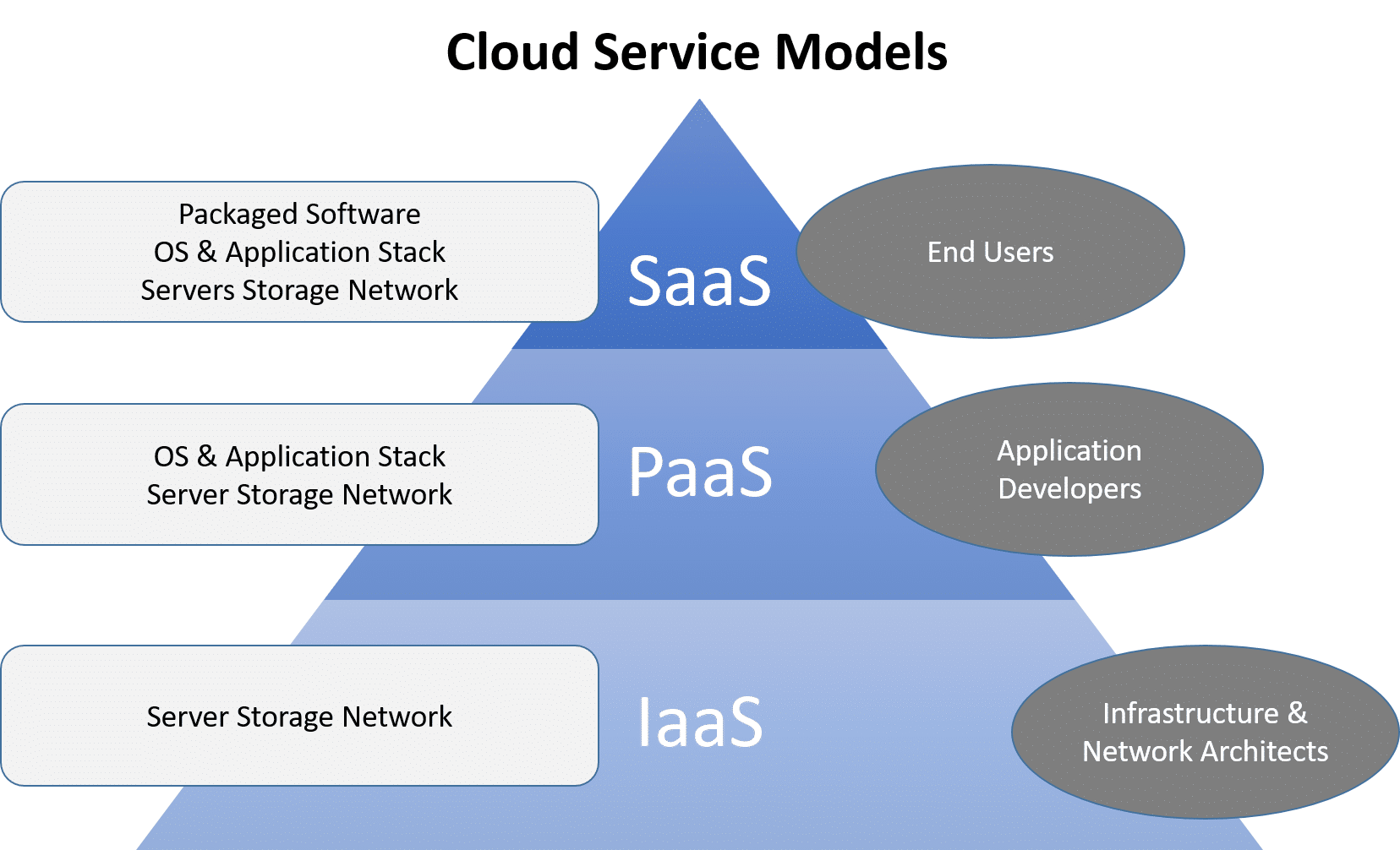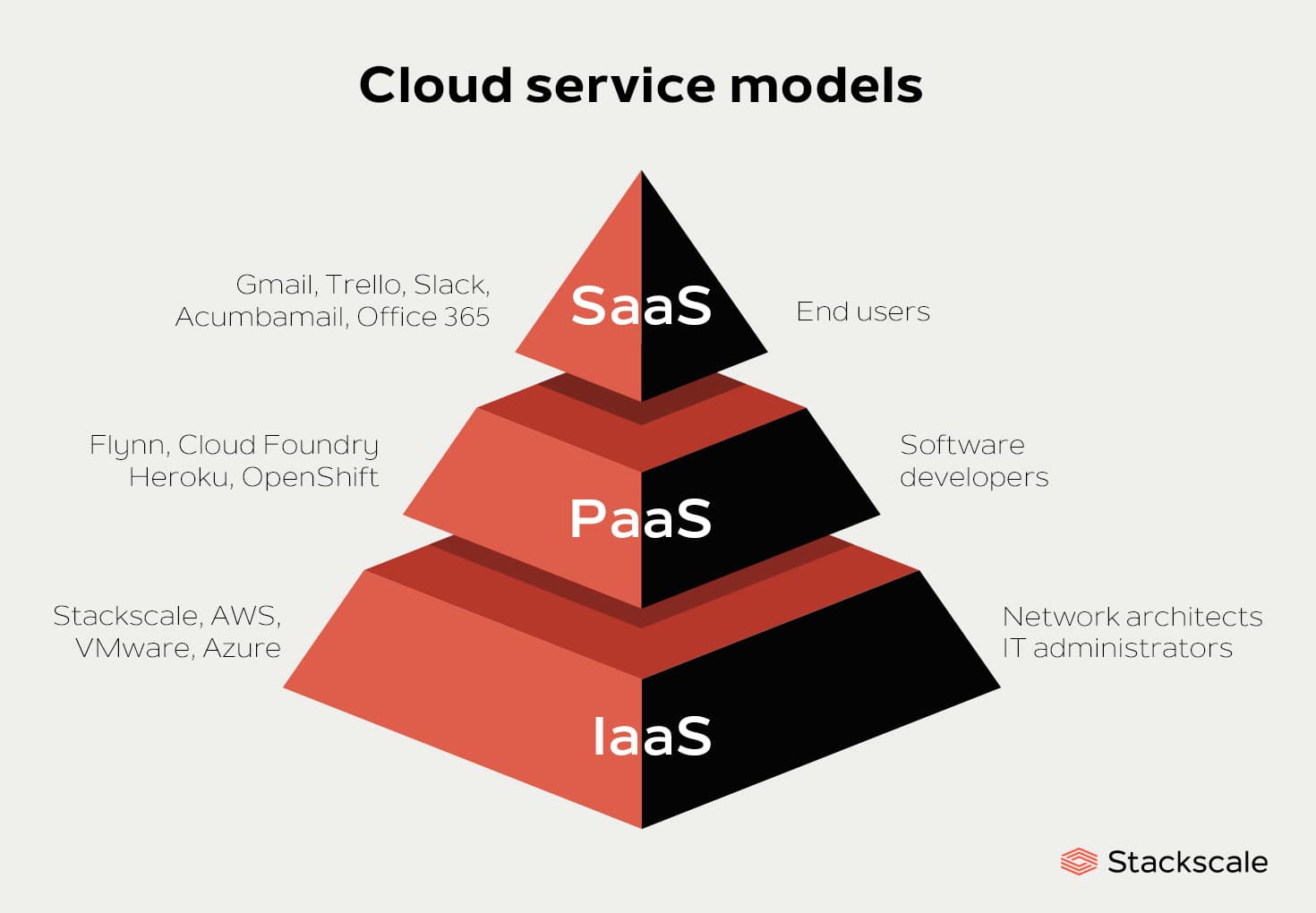Deployment View
Allocation of system components over nodes
- Static components (e.g. source code, data)
- Dynamic components (e.g. processes)
- Availability reliability, performance, scalability, security
- System Engineering, System operators
Deployment Models
- Self-managed
- managed by organization
- full control
- high components
- demand fluctuations
- Cloud
- third party managed
- focus on core mission
- dynamic adaptions
- lower cost
- security/privacy
- vender lock-in
Cloud Computing
Cloud computing is a paradigm for enabling network access to a scalable and elastic pool of shareable physical or virtual resources with self-service provisioning and administration on-demand
- ISO/IEC
A style of computing where scalable and elastic IT-enabled capabilities are provided as a service to multiple customers using Internet technologies
- Gartner
- on-demand access to resource pools
- applications, computing, storage, networking, development, deployment platforms, business processes
- again third party managed
Characteristics
- On-demand self-service
- rapid elasticity
- broad network access
- measured service
- resource pooling
- multitenancy
Cloud Models
- Public Cloud
- provider owned
- subscription based
- Private Cloud
- company owned
- Community Cloud
- optimized for sector/group
- hybrid Cloud
- mixes models
Service Models
- Software as a Service
- hosted application
- Platform as a Service
- application development platforms
- middleware, Server, database
- Infrastructure as a Service
- hardware Infrastructure


Other Service Models
- Data storage as a service
- data store capabilities for use by applications
- API access
- Function as a service
- cloud based execution of code
- abstracts processing
- provider managed
- scales as needed
- Analytics as a service
- platform for big data analysis
- derive actionable insights
- Security as a service
- applications/services security
- e.g. authentications, virus detection, antimalware
- applications/services security
Virtualization
- enabling technology
- abstracts view on resources
- application, hardware, storage, network
Hardware Virtualization
- Simulates Hardware expected by Operating System
- more efficient use of resources
- sharing configuration/state
- virtual machine-based approach
- container-based approach
Virtual machine
- Hardware Abstraction (Disk, CPU, NIC, ...)
- Guest Operating System (OS) runs on
- Full Virtualization
- Guest OS runs unmodified
- Paravirtualization
- Guest OS modification needed
- Hardware Assisted Virtualization
- Special VM CPU Calls
Monitor/Hypervisor
- Software layer that runs VMs
- intercepts instructions
Type 1 Hypervisor
- runs directly on hardware
- E.g. VMWare ESX, Microsoft Hyper-V, KVM
- VMs dedicated Host
Type 2 Hypervisor
- on top of a guest OS
- E.g. VMWare GSX, VirtualBox, QEMU
- Less efficient

Containers
- Lightweight Virtual Machines
- Linux processes separation
- Operation System Virtualization
- no guest OS required
- namespaces
- control groups (cgroups)
- Example: Docker, rkt
Namespaces
- Sandbox processes: restricts what processes see, use
- UTS: host/domain
- Mount: mount points
- IPC: inter-process communication
- Cgroup: control group identity
- PID: set of process ids
- Network: network subsystems
- Time: time system
Control Groups (Cgroups)
- Collection of processes with resource usage parameters
- limit prioritize, meter, control resource usage
- CPU, memory, network bandwidth
Docker
- container platform
- portability
- hypervisors for non-linux OS support

Concepts
- Docker Image
- Packaging of application and environment
- Layered building
- Dockerfile
- Docker registry
- Docker images repository
- public/Private
- DockerHub
- Docker Container
- Container instantiated from an Image
Steps:
- Developer tells Docker to build and push image
- Docker builds image
- Docker pushes image to registry
- Developer tells Docker on production machine to run image
- Docker pulls image from registry
- Docker runs container from image
Container vs Virtual Machines
Virtual Machines:
- run on top of a hypervisor with a full fledged OS
- can run on several applications
- applications from the same VM can share libraries
Containers:
- run on top of the host OS as a process
- runs a single application
- applications from different containers can share libraries
Advantages
- VM
- Security
- VM provides complete isolation
- container can affect kernel
- Portability
- VM is portable across any system
- Container relies on OS
- Security
- Container
- resource efficiency
- performance
- agility
Container Orchestration
- automated scheduling, execution, coordination, management of Containers
- load-balancing
- discovery
- failure-handling
- replication management
- orchestrator: Docker Swarm, Red Hat OpenShift, Kubernetes
Kubernetes
- Open Source Container orchestrator
- containers deployment, monitoring, management on clusters
- abstracts distributed infrastructure
- cloud development platform
Components
- API Server communicates with Control Panel
- Maintains cluster state (etcd)
- Scheduler schedules to workers
- Controller Manager does cluster level functions
- kube-proxy does networking
- Kubelet interacts with API Server
- Controller Runtime runs containers

Kubernetes Objects
- entities provided by Kubernetes
- Pods
- Replicasets
- Deployments
- Services
- Volumes
- YAML/JSON definition
Pods
- Basic building block
- Groups co-located Containers
- Managed as unit
Clusters:
